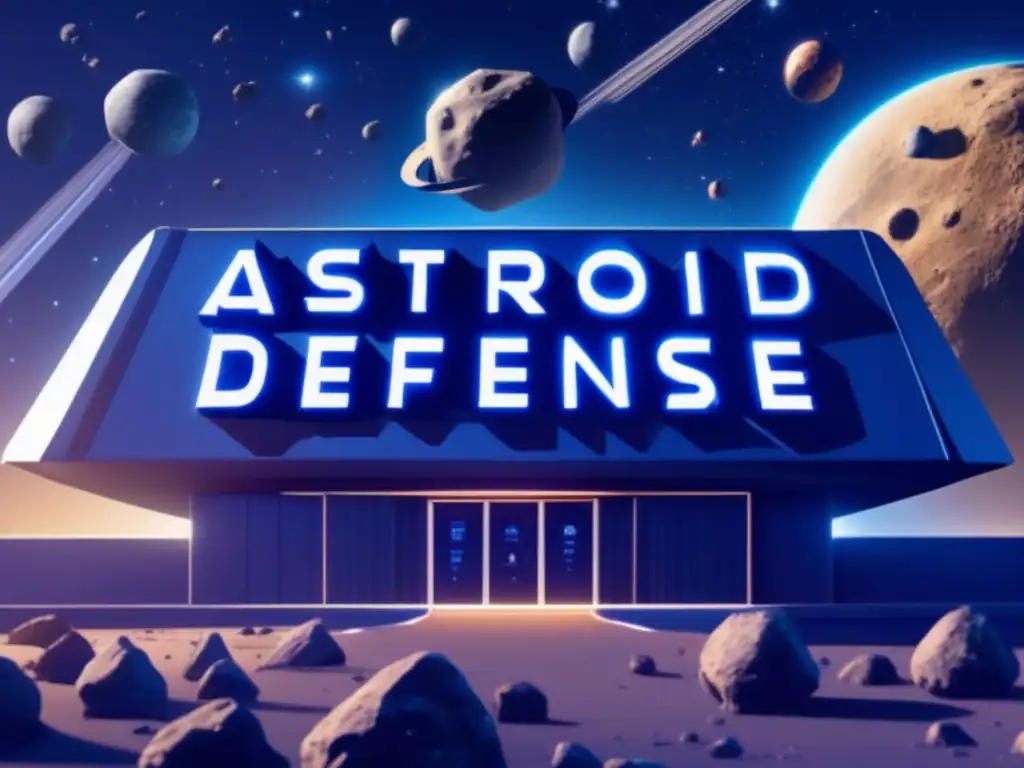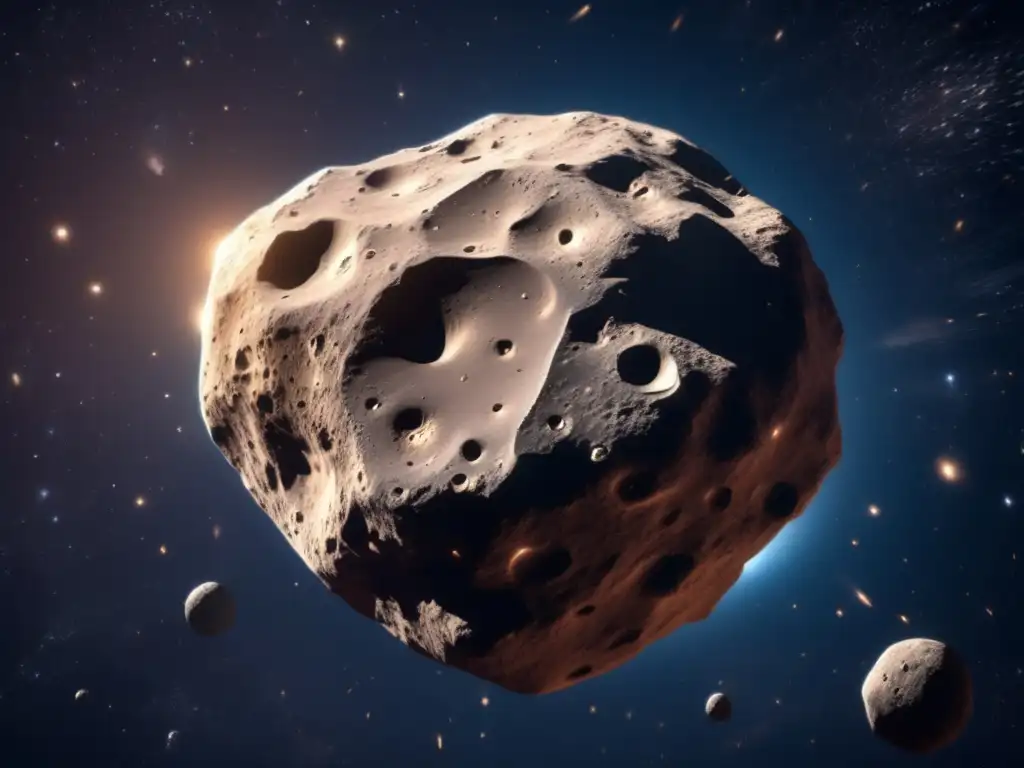Preventing Armageddon: Current Measures In Asteroid Defense

Introduction
As we continue to explore space, one of the greatest threats to human life on Earth comes in the form of asteroids. These celestial bodies can devastate entire regions and cause mass extinctions. However, with advances in technology and research, we now have the means to detect these objects and prevent them from impacting our planet. In this article, we will explore the current measures in asteroid defense.
The Threat of Asteroids

The Chelyabinsk Meteor
In 2013, a meteor measuring approximately 20 meters in diameter exploded over the city of Chelyabinsk in Russia, injuring more than 1,500 people. This event highlighted the urgent need for an effective asteroid defense system. Since then, numerous measures have been put in place to protect our planet from potential asteroid impacts.
NASA’s Planetary Defense Coordination Office
NASA’s Planetary Defense Coordination Office (PDCO) is responsible for defending Earth from potential asteroid impacts. Its main objective is identifying, tracking, and characterizing near-Earth objects (NEOs) that could pose a threat to our planet. The PDCO coordinates with other agencies and organizations to develop plans for deflecting or destroying asteroids on a collision course with Earth.
Asteroid Detection Systems
There are several asteroid detection systems in operation around the world. One of the most significant is the Pan-STARRS (Panoramic Survey Telescope and Rapid Response System) telescope in Hawaii. This observatory has detected thousands of NEOs, including many potentially hazardous asteroids.
Measures for Asteroid Defense

Impact Deflection Techniques
One common technique used to deflect an asteroid is a kinetic impactor. This involves sending a spacecraft to collide with the asteroid at high speed, changing its trajectory enough to avoid an impact with Earth. NASA’s Double Asteroid Redirection Test (DART) mission, scheduled for launch in 2021, aims to test this technique by intentionally colliding with the asteroid Didymos.
Laser Ablation
Laser ablation is another technique that could be used to deflect asteroids. This involves focusing a high-powered laser beam onto the asteroid’s surface, causing material to vaporize and creating a small amount of thrust. While this method is still in the experimental phase, several companies and organizations are working on developing this technology.
Nuclear Explosion
In some extreme cases, a nuclear explosion may be necessary to deflect or destroy an asteroid. However, this method is highly controversial and has not yet been tested. The use of nuclear weapons in space is banned under international law, and alternative measures are currently being explored.
Frequently Asked Questions

-
How often do asteroids impact Earth?
Asteroids impact Earth regularly, but most are small enough to burn up in the atmosphere. Significant impacts tend to occur every few thousand years.
-
What is the likelihood of an asteroid impact in the next few decades?
While the likelihood of a significant impact is relatively low, it is still important to develop effective asteroid defense measures to minimize the risk.
-
What is the role of international collaboration in asteroid defense?
International collaboration is essential for developing a coordinated and effective approach to asteroid defense. Organizations such as the United Nations Committee on the Peaceful Uses of Outer Space are working to establish guidelines for international cooperation in this area.
-
What is the cost of developing and implementing asteroid defense measures?
The cost of asteroid defense measures varies depending on the technique used and the scale of the project. However, the potential cost of an asteroid impact far outweighs the cost of preventative measures.
-
How can I get involved in asteroid defense efforts?
There are many ways to get involved in asteroid defense efforts, from supporting organizations that are working on this issue to advocating for increased funding and research. You can also stay informed about developments in asteroid defense by following news and updates from organizations such as NASA and the PDCO.
Conclusion
Asteroid defense is an urgent and complex issue that requires ongoing research, collaboration, and investment. While there is no way to completely eliminate the risk of an asteroid impact, current measures in asteroid defense are making significant strides in identifying threats and developing effective techniques for preventing them.
We encourage readers to stay informed and engaged with this important issue and to support efforts to protect our planet from potential asteroid impacts.
Additional Resources

- NASA’s Center for Near Earth Object Studies
- Asteroid Apocalypse: NASA Details Planetary Defense
- United Nations Office for Outer Space Affairs
 Defending The Homefront: Strategies In Planetary Defense
Defending The Homefront: Strategies In Planetary Defense Planetary Guardians: Current Measures For Asteroid Defense
Planetary Guardians: Current Measures For Asteroid Defense Bracing For Impact: Tools For Asteroid Detection And Diversion
Bracing For Impact: Tools For Asteroid Detection And DiversionIf you want to discover more articles similar to Preventing Armageddon: Current Measures In Asteroid Defense, you can visit the Planetary Defense category.
Leave a Reply

Articulos relacionados: